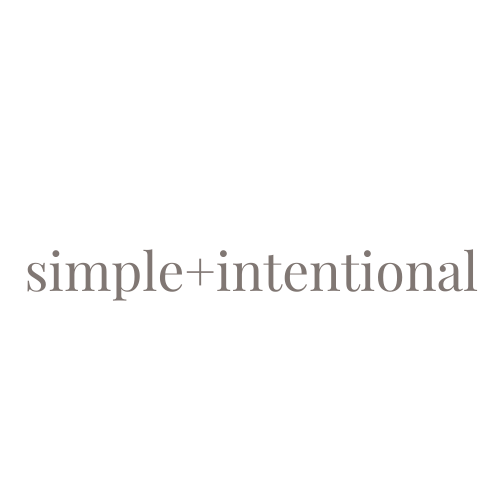Albert Einstein said “Play is the highest form of research.” And as a believer in play-based education and an educator with 10 years in kindergarten, I agree. Fewer toys, means more play and better play. First, in my experience, there is no doubt that open-ended toys and play materials get the most interaction and second, if you have too much stuff out, they just make a mess. The real rich engagement and play comes from fewer but more intentional materials.
“Play is the highest form of research.”
albert einstein
I’m sure every parent has experienced their kids just dumping stuff and making an insane mess but not actually playing with the toys. Environment has a profound effect on all of us but I think children show us that more clearly than adults. When things become really overwhelming and chaotic for our kids we see that in their behaviour. Too many toys, equates to clutter, which negatively effects our children’s cognitive abilities and self regulation.
Having less creates a calmer environment which means more inventive, creative, deep play. When there are less choices children don’t feel overwhelmed or overstimulated, instead they take better care of their toys and are able to focus and pay attention longer. Research has shown that children sustain their focus longer and use their toys for more than one purpose in their play when they have fewer toys. Which means they get into more imaginative, pretend play which helps with regulation as well as social skills.
It is too easy these days for toys to creep in. A little dollar store item, a gift from a neighbour or a good intention on your part. But we’re doing a disservice. Our children need us to be custodians for their physical space and the effect that has on their cognitive space. It means being very intentional and aware. It also means being able to let go and purge with regularity. Have too many toys? Here are a few suggestions to live with less.
3 Ways to Have Less
1. Get rid of some. Donate or toss, start with the easy ones; loot bag toys, dentist office treasures, etc. and then move onto toys your child has outgrown. After that pay attention to what your child actually plays with, even if it’s a great toy if they don’t play with it, someone else will.
2. Start a toy rotation. It doesn’t have to be fancy, I just use a drawer under our bed so it’s quick and easy to swap things around. We have one building toy, books, calico critters house, animal figures, her play kitchen and stuffies for the most part. She plays with them everyday and I regularly cull. The toy rotation takes the pressure off getting rid of something and allows the opportunity for you to really see if they play with it or not.
3. Display them. If they have to dig through bins to find them, they probably aren’t going to play with them. Each bin or basket should have one kind of toy, for instance, the animal bin or the costume bin. We have a simple shelf from Ikea that has the critter house on top and a couple baskets underneath, it’s the right height and keeps them off the floor. When they are laid out in an inviting way, kids will gravitate towards them.
Let your child’s patience and imagination grow, give them less. What’s your biggest struggle with your kid’s toys?
Check out my post about open-ended toys. It can help you keep what will last and spark the most play.


